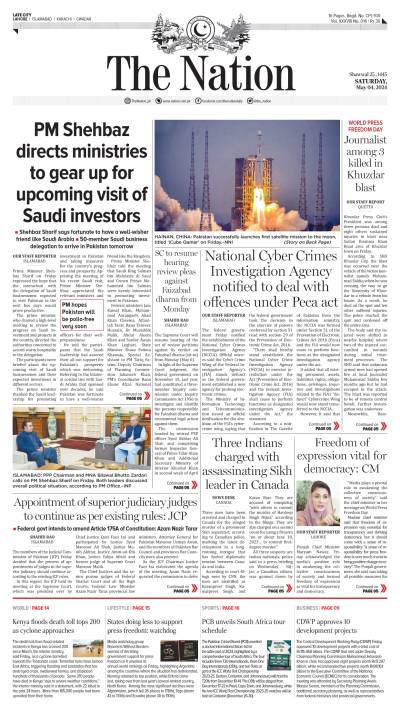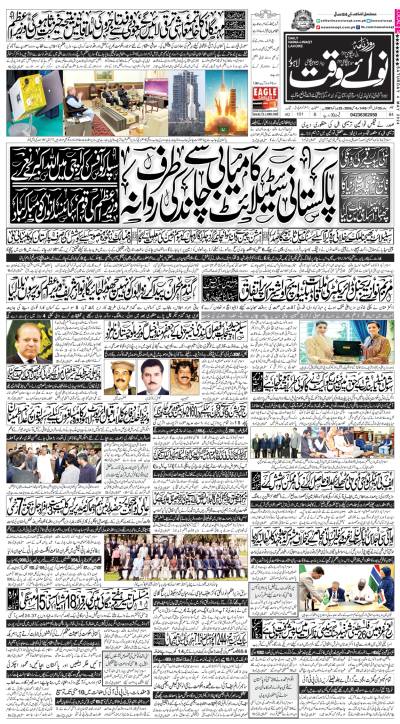A daily commute on public transport is the routine for most people in Sindh. Many of these commuters are women. They depend on public transport to travel to and from work, universities or to run their daily errands. But with the poor public transport facilities in the city of Karachi, these commutes have become an everyday battle for these women.
As the cheapest form of public transport, buses are the most frequently used, but the services are in a deplorable state. Often more than 30 to 40 years old and poorly maintained, many buses are dangerous to travel in. But the condition of the buses is not the only challenge. A far bigger problem facing female travelers on public transport is the negligence and misogyny they face every day.
Women travelling in public transport have a completely different experience to that of men. Traditional buses have very few seats allocated to women and even where they do exist, they are frequently occupied by male travelers. Women are left standing, holding on to handles on the bumpy roads.
Male commuters often then compound the challenges for women; harassment from male travelers is almost the norm for them on public transport. While the overcrowding means unwanted touching may occur even if it is not intended, there is constant cat calling, physical and verbal assault is a common ordeal, and if the harassment isn’t happening inside the bus it is occurring at the bus stops. With no bus schedules which are kept to, women can’t plan their journey to minimize waiting, regularly having to wait for hours for the delayed buses to arrive. The result is women voluntarily quit their jobs to avoid unnecessary harassment.
Another frequent challenge for women on buses is the lack of hygiene. The local buses smell of body odor and rubbish, including left over food and wrappers, which are strewn everywhere. There is little to no maintenance on the buses. When there are available seats allocated to women they are generally next to the engine of the bus, which generates a lot of heat, making it unbearable in the summers. Finally, too often the seats themselves are broken or uncomfortable, making long commutes agonizing.
Women in our country must be given a safe haven to travel to their destinations in comfort and without fear or harassment. Better public transport, which acknowledges this and accommodates the issues women face is essential. And once in place it will benefit everyone struggling with the daily commute, not just women.
The Government of Sindh’s Transport Master Plan is crucial to developing the public transport infrastructure required. In particular it incorporates the BRT, or Bus Rapid Transit, network comprising six lines traveling across the city. The Red Line, the busiest of all the BRT corridors, will transform public transport between place and place. Once fully operational, women will have access to a public transport system developed with their needs in mind.
MS. MINA FATIMA MEERZA,
Lahore, April 21.





